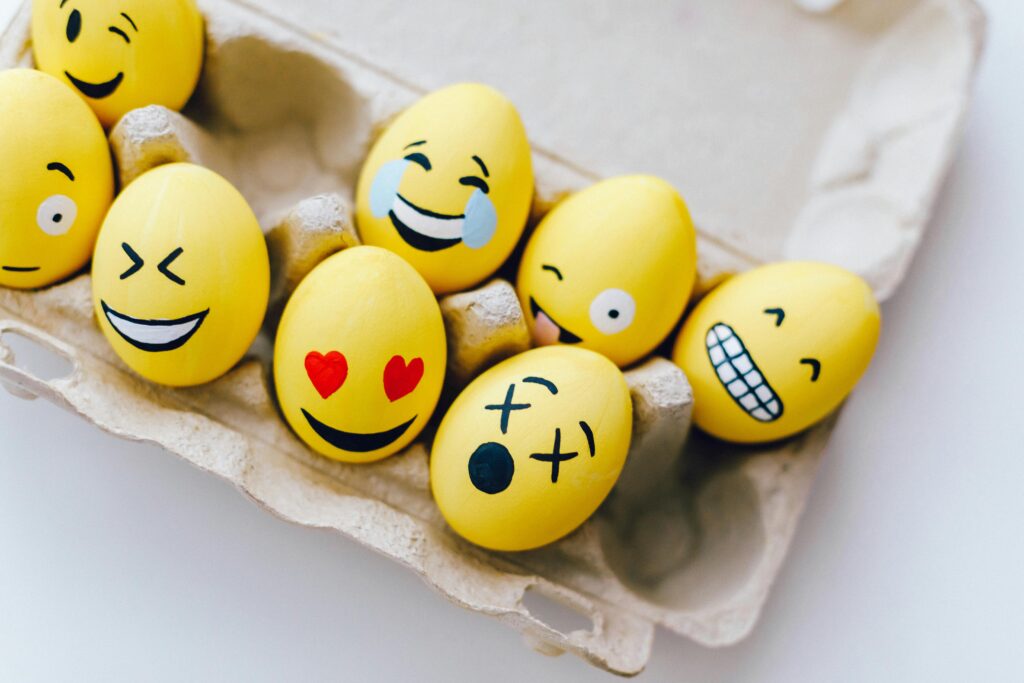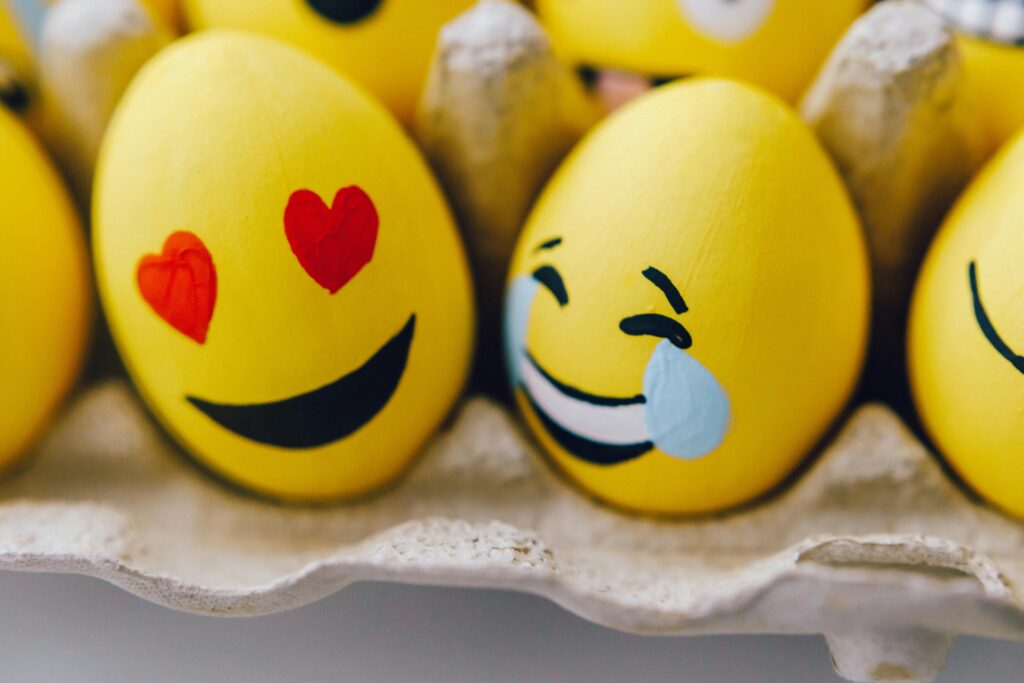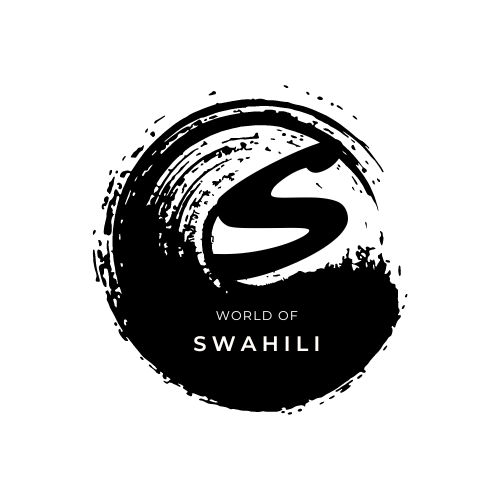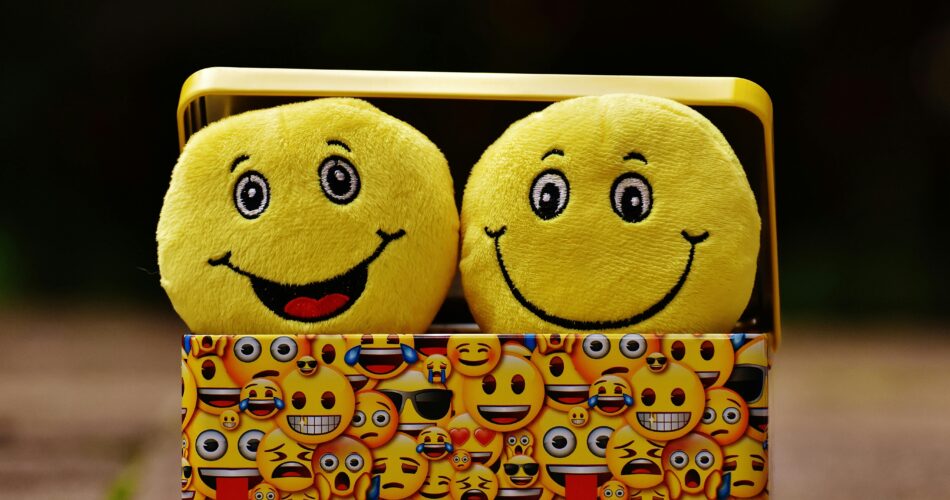Introduction to Walaloo kolfaa
Table of Contents
“Walaloo Kolfaa” which translates to “humorous poetry” in Oromo, is a genre of poetry that plays a vital role in the cultural and social fabric of Oromo society. It is characterized by its wit, satire, and playful language, designed to evoke laughter and joy among listeners. This form of poetry goes beyond simple amusement; it serves as a means of social commentary, offering a lighthearted way to address serious topics, poke fun at societal norms, and reflect on human behavior.
In Oromo culture, humor is a powerful tool not just for entertainment but also for creating connections, easing tensions, and promoting a sense of unity within the community. “Walaloo Kolfaa” often includes clever wordplay, cultural references, and ironic twists that resonate with audiences, making them think deeply even as they laugh. By wrapping significant ideas in humor, these poems can deliver messages that might otherwise be difficult to express directly, allowing for open discussion and reflection in a non-confrontational way.
The purpose of this article is to explore the themes, styles, and impact of “Walaloo Kolfaa.” We aim to highlight how humorous poetry in Oromo culture goes beyond mere entertainment to become a vehicle for cultural expression, social critique, and the reinforcement of communal bonds. By examining its various elements, we will uncover the ways in which “Walaloo Kolfaa” reflects the values, traditions, and perspectives of the Oromo people, while also showcasing the artistry involved in making people both laugh and think.
Themes and Techniques in Walaloo Kolfaa

“Walaloo Kolfaa,” or humorous poetry, is rich with themes and techniques that make it a unique and engaging form of artistic expression in Oromo culture. The humor embedded in these poems is not merely for entertainment; it serves as a sophisticated tool for communicating ideas, offering social commentary, and even challenging societal norms. Let’s delve into the common themes and techniques that define this genre and how they contribute to its impact.
Common Themes in Walaloo Kolfaa
- Irony and Sarcasm: Irony and sarcasm are central to “Walaloo Kolfaa,” often used to highlight the contradictions in society or to criticize behaviors in a subtle yet pointed way. By saying the opposite of what is meant or expected, poets can cleverly comment on issues like hypocrisy, social injustices, or the absurdity of certain traditions. This approach makes listeners think twice about their actions and beliefs while still enjoying the humor.
- Wordplay and Clever Language: Wordplay is another prominent feature of “Walaloo Kolfaa.” Poets skillfully manipulate language, using double meanings, alliteration, and rhyme schemes to create a playful and engaging effect. This clever use of language not only adds to the humor but also showcases the poet’s creativity and linguistic talent. It draws the audience in, making them appreciate the wit and intelligence behind the lines.
- Social Criticism: One of the most important roles of “Walaloo Kolfaa” is its function as a vehicle for social criticism. Humorous poetry often addresses societal issues such as inequality, corruption, and flawed traditions in a way that makes them more palatable. By wrapping criticism in humor, poets can broach these sensitive topics without directly offending or alienating their audience, encouraging reflection and dialogue.
- Playful Teasing: Playful teasing is a lighthearted theme that runs through many “Walaloo Kolfaa” poems. This involves poking fun at individuals, customs, or everyday situations, often in a good-natured way. The teasing is usually affectionate rather than hurtful, aimed at creating a bond among community members and fostering a sense of camaraderie. It’s a way to acknowledge imperfections with a smile, reminding people not to take themselves too seriously.

Techniques Used in Walaloo Kolfaa
- Exaggeration (Hyperbole): Exaggeration is a powerful tool in creating humor within “Walaloo Kolfaa.” By overstating a situation or characteristic to absurd levels, poets highlight the ridiculousness of certain behaviors or societal norms. This technique not only makes the poetry more entertaining but also serves to underline the poet’s message, making the audience laugh while prompting them to consider the underlying truth.
- Puns and Double Meanings: Puns and double meanings are frequently used in this genre to play with words in clever and unexpected ways. These linguistic tricks add layers of meaning to the poetry, making it both amusing and thought-provoking. The audience enjoys the challenge of catching these wordplays, which often require a good understanding of the language and cultural context, enhancing their appreciation of the poet’s skill.
- Clever Language and Metaphors: Poets use metaphors and vivid imagery to create comparisons that are both humorous and insightful. By likening abstract ideas or human behaviors to familiar, often absurd images, they bring a fresh perspective to everyday life. This clever use of language not only entertains but also deepens the impact of the message, allowing complex ideas to be communicated in a simple, engaging way.
Humor as a Tool to Address Sensitive Topics
One of the most remarkable aspects of “Walaloo Kolfaa” is its ability to tackle sensitive issues through the lens of humor. In Oromo culture, where direct confrontation might be considered disrespectful or inappropriate, humorous poetry offers a way to speak about delicate topics like politics, gender roles, or social injustices without provoking hostility. The use of humor makes these discussions more approachable, reducing defensiveness and opening the door for constructive conversation.
For example, a poet might use satire to criticize a local leader’s corruption by comparing their greed to a cow that keeps eating even when its stomach is full. While the audience laughs at the image, they are also invited to reflect on the truth of the message. This indirect approach allows people to engage with the topic more openly and thoughtfully than they might if the criticism were delivered bluntly.
Impact on Social Interaction
“Walaloo Kolfaa” serves as a significant medium for enhancing social interaction within the Oromo community, fostering connections among individuals and promoting a sense of belonging. By infusing humor into poetic expression, this genre plays a vital role in lightening moods and breaking down social barriers, creating an inclusive environment where people can engage more freely.
Lightening Moods and Breaking Down Social Barriers
Humor has a unique ability to bridge gaps between people, regardless of their backgrounds, beliefs, or social statuses. “Walaloo Kolfaa” allows individuals to come together in shared laughter, facilitating social bonding and creating an atmosphere of openness. In gatherings such as cultural festivals, weddings, or community events, humorous poetry acts as an icebreaker, easing tensions and helping people relax.
This light-hearted approach encourages participants to engage in conversations that might otherwise feel awkward or strained. By sharing a laugh, individuals can connect on a more personal level, fostering relationships that transcend societal norms and expectations. The playful teasing and witty remarks inherent in “Walaloo Kolfaa” not only entertain but also serve to humanize one another, breaking down preconceived notions and biases.
Promoting Creativity, Critical Thinking, and Light-hearted Problem-Solving

The dynamic nature of “Walaloo Kolfaa” also plays a crucial role in promoting creativity and critical thinking. Crafting humorous poetry requires a unique blend of linguistic skill, imagination, and insight into human behavior. Poets must think critically about how to convey complex ideas in a way that is both entertaining and relatable, pushing the boundaries of traditional poetic expression.
Moreover, the themes of irony and sarcasm present in this genre encourage audiences to engage in critical analysis of the issues being discussed. When poets use humor to address societal problems or personal dilemmas, listeners are invited to reflect on these topics in a non-threatening manner. This approach fosters creative thinking, as individuals are inspired to come up with their own interpretations and solutions to the challenges highlighted in the poetry.
Additionally, the light-hearted nature of “Walaloo Kolfaa” promotes a constructive approach to problem-solving. By presenting issues through humor, poets encourage audiences to consider different perspectives and think outside the box. This can lead to innovative ideas and strategies that may not have emerged in a more serious context. The flexibility of humor allows individuals to navigate challenges with a sense of optimism and resilience.
Humor as a Tool for Cultural Expression and Unity
The use of humor in poetry is a powerful tool for cultural expression, as it reflects the values, experiences, and identities of the Oromo people. “Walaloo Kolfaa” captures the essence of Oromo culture, blending tradition with contemporary perspectives to create a rich tapestry of shared narratives. By addressing common experiences through humor, these poems foster a sense of cultural pride and unity among community members.
Moreover, the ability of “Walaloo Kolfaa” to transcend individual differences reinforces a sense of collective identity. When individuals laugh together at shared cultural references or relatable situations, they strengthen their bonds and affirm their belonging within the community. This shared experience is vital in a society that values collective harmony and cooperation, enabling people to navigate the complexities of life together.
In times of social or political strife, humor can also serve as a source of resilience, allowing communities to confront challenges while maintaining a positive outlook. Through “Walaloo Kolfaa,” poets can critique social injustices or political corruption in a manner that resonates with listeners, empowering them to engage with these issues while fostering a spirit of hope and solidarity.
Check Some Of Mammaaksa afaan oromoo hiika isaa waliin




